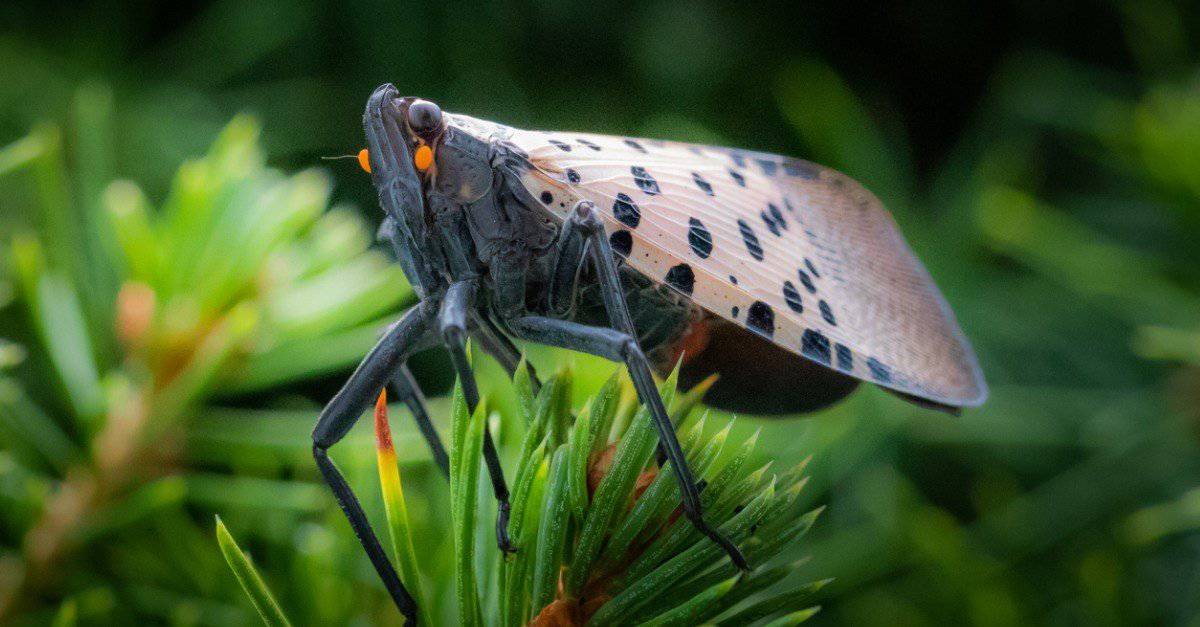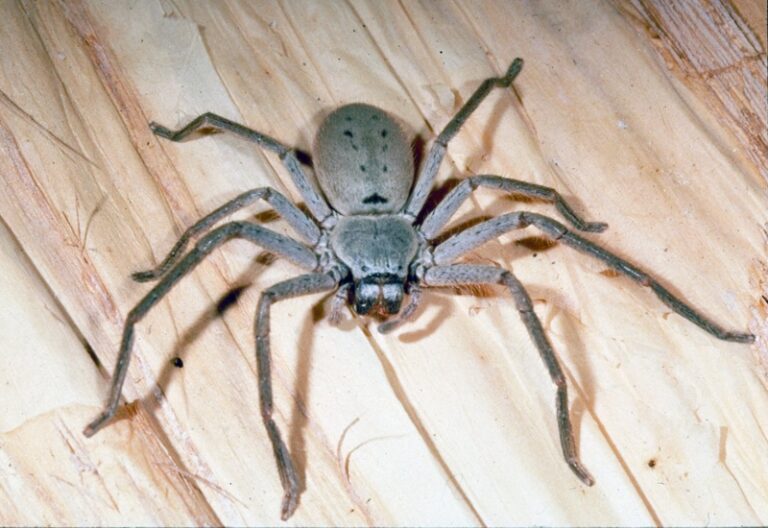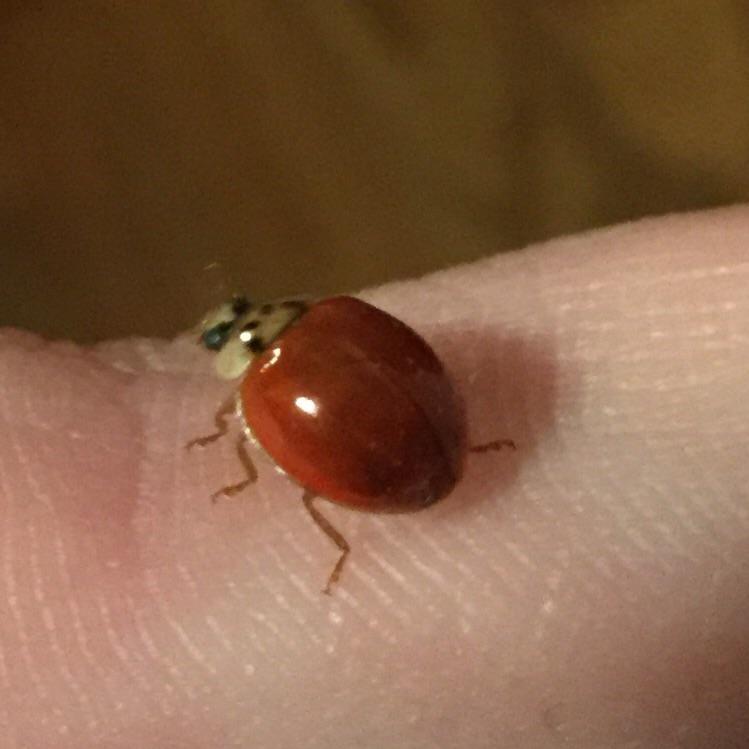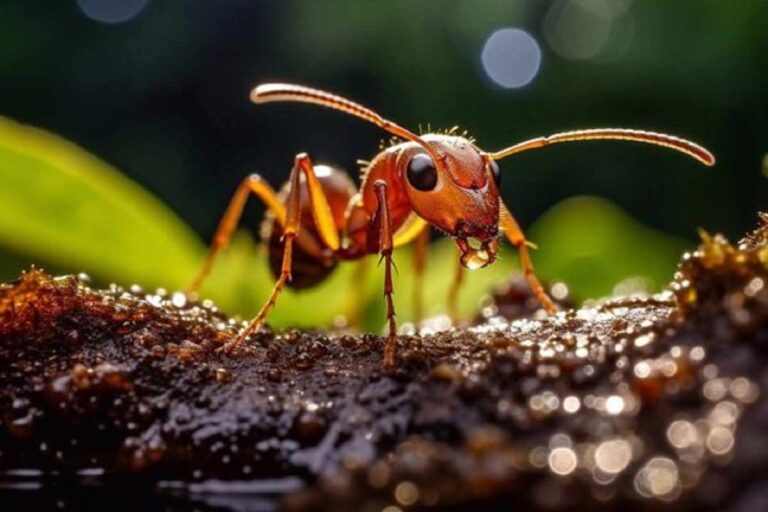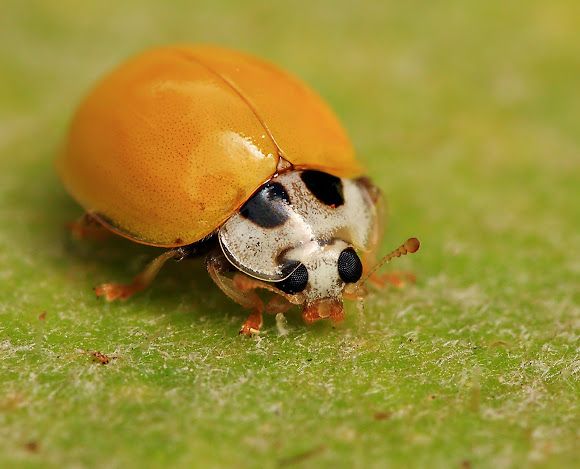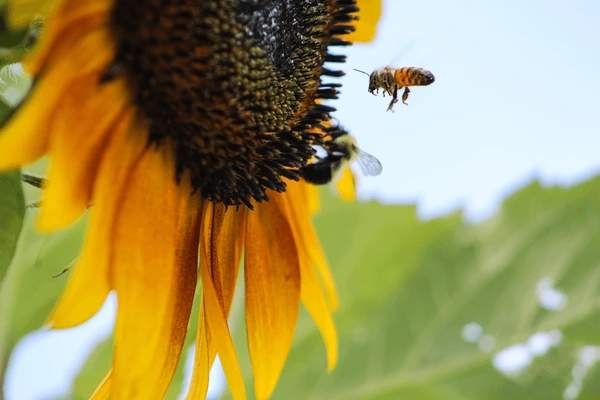The Deeper Meaning Behind the Spotted Lanternfly
The spotted lanternfly (Lycorma delicatula) is a striking planthopper native to China, India, and Vietnam that has recently become an invasive species in the United States. With its brightly colored wings and curious behaviors, this unusual insect has captured the attention of the public. But could the spotted lanternfly have a deeper spiritual meaning?
Characteristics and Behaviors
- Physical features
- Adults have grayish-brown forewings with black spots and bright red underwings only visible when the insect flies or displays its wings
- Nymphs are black with white spots and develop red patches as they mature
- Feed on sap from over 70 different plant species, making them a major agricultural pest
- Lay egg masses covered in a mud-like protective coating on trees, stones, vehicles, and structures
- Form large groups when feeding and may amass in extremely high densities when abundant
Invasion History and Impacts
- Native to China, India, Vietnam – likely arrived in Pennsylvania around 2014 hidden in a shipping container
- Now found in over a dozen states across the Eastern US and continues to rapidly expand its range
- Feeds on many key agricultural crops like grapes, hops, fruit trees – causes massive damage
- Excretes large amounts of sticky “honeydew” that allows mold to grow and attracts other insects
- Public urged to report sightings and destroy egg masses to limit spread
Symbolic Meanings
Given its striking appearance and remarkable invasion history in the US, many have looked for deeper meaning in the sudden emergence of the spotted lanternfly. Here are some symbolic interpretations of this unsettling insect:
Adaptability and Resilience
Despite its delicate appearance, the spotted lanternfly has proven extremely adaptable and resilient in its new North American environment. Some see this as a symbol of the adaptability of life and a reminder that we must also adapt to change. The lanternfly’s rapid spread also demonstrates the power of resilience against efforts to eradicate it.
Warning Signs and Omens
In folklore and stories, insects and other animals are often viewed as omens or harbingers of things to come. To some, the lanternfly’s swarms and destructive impacts represent a warning sign of environmental changes and ecosystem imbalance. They urge us to take steps to heal the earth and bring our lives back into harmony.
Reminder of Impermanence
Buddhists teach that all things are impermanent. The sudden appearance and likely eventual disappearance of the spotted lanternfly highlights that truth. Just when we become accustomed to its presence, this insect may vanish or fade away as quickly as it emerged. Its impermanence is a reminder to appreciate the present.
Symbol of Cooperation
Though individual spotted lanternflies may seem harmless, in cooperation large groups can cause tremendous damage. This demonstrates the creative power that comes from community, teamwork, and relationship – for both constructive and destructive ends. It is a reminder that we must build cooperative communities focused on healing.
Outsider and Invader
For many Americans, the lanternfly represents the unsettling experience of a foreign outsider invading and damaging a familiar landscape. Its “otherness” generates fear, anxiety, and anger. Yet the insect reminds us that we too may be or have been invaders. Perhaps we can develop empathy for human migrants and refugees by contemplating the lanternfly’s journey.
Messenger and Teacher
Some Native American traditions teach that animal spirits act as messengers and teachers for humankind. As climate change, globalization, and other forces spread insects outside their native ranges, perhaps they bring spiritual messages. The spotted lanternfly has already educated scientists and the public about invasive species. Its message may be to encourage awareness and care for our shared environment.
By contemplating the various symbolic meanings of the spotted lanternfly’s emergence, we open ourselves to valuable spiritual teachings. This striking insect acts as a mirror, reflecting back insights that can improve our relationship to nature and one another. Rather than only seeking to eliminate this invasive species, we would do well to also consider its deeper message. Perhaps, if we have eyes to see and ears to hear, the lanternfly brings blessings along with its burdens.
Folklore and Mythology
The spotted lanternfly has already taken on an almost mythical status, featured in local news, documentaries, and cautionary tales. But this planthopper has also begun to appear in regional folklore:
Origin Stories
There are many fanciful stories explaining the lanternfly’s origins. Some claim they arrived on a mysterious cloud while others say they emerged from an abandoned crypt. These tales often warn against meddling with forces beyond human understanding, using the insect’s unexpected appearance as a lesson.
Trickster Character
A common folktale depicts the spotted lanternfly as a mischievous trickster. In these stories, the lanternfly’s sticky honeydew and destructive hordes are portrayed as pranks or jokes at the expense of frustrated farmers. The tales often end with the insects disappearing as suddenly as they arrived, leaving people baffled in their wake.
Supernatural Control
There are accounts in some rural towns claiming that a witch or warlock has summoned the swarms of spotted lanternflies for their own sinister purposes. The story goes that only by identifying and stopping this supernatural controller can the insect infestation be sent back from whence it came.
Prophecy or Punishment
Some legends cite the spotted lanternfly’s emergence as the fulfillment of an old prophecy warning of dire punishments yet to come. Those telling these tales point to the insect’s damage to agriculture and discomfort to humans as the first plagues in an escalating series – sent either by deities or cosmic forces to punish transgressions.
Of course, these are just the imaginative fictions of storytellers. But the fact that the lanternfly features so heavily in regional folk tales demonstrates just how powerfully this invasive insect has captured public attention and curiosity. Entomologists may study its biology and control measures, but everyday people interpret the lanternfly through the lens of mythology.
Spiritual Practices for Spotted Lanternfly Season
As warmer months approach and spotted lanternflies begin to emerge, here are some spiritual practices to try:
Meditation
When feeling frustrated, anxious, or angry about the insects, try meditating. Breathe deeply and visualize the lanternflies disappearing. Remember that all things are impermanent. This insect too shall pass. Feel compassion for all beings.
Gratitude Ritual
The lanternfly forces us to appreciate things we took for granted like beautiful summer days outdoors. Take time to acknowledge in a journal or to loved ones what you are grateful for during this challenging time. Find the gifts in the burden.
Connection with Nature
Spend quiet time in nature watching how ecosystems adapt to changes like invasive species. Notice how the plants and animals where you live respond to the lanternflies. See how nature balances itself, always finding a way.
Symbolic Reminder
Let the lanternflies remind you of important spiritual lessons. Allow them to symbolize adaptability when life changes, the importance of community, or our need to care for the ecosystem. Refer back to their meaning when stressed.
Ritual Cleansing
Use water, sound, smoke, or visualization to spiritually cleanse an area infested with lanternflies. This practice aligns your energy with the environment to encourage healing and balance. It reduces feelings of contamination or discomfort.
By engaging spiritual practices, we can transform the spotted lanternfly from frustrating pest into meaningful teacher. Its emergence need not be seen as only a burden but instead an opportunity to grow in awareness and connection.

